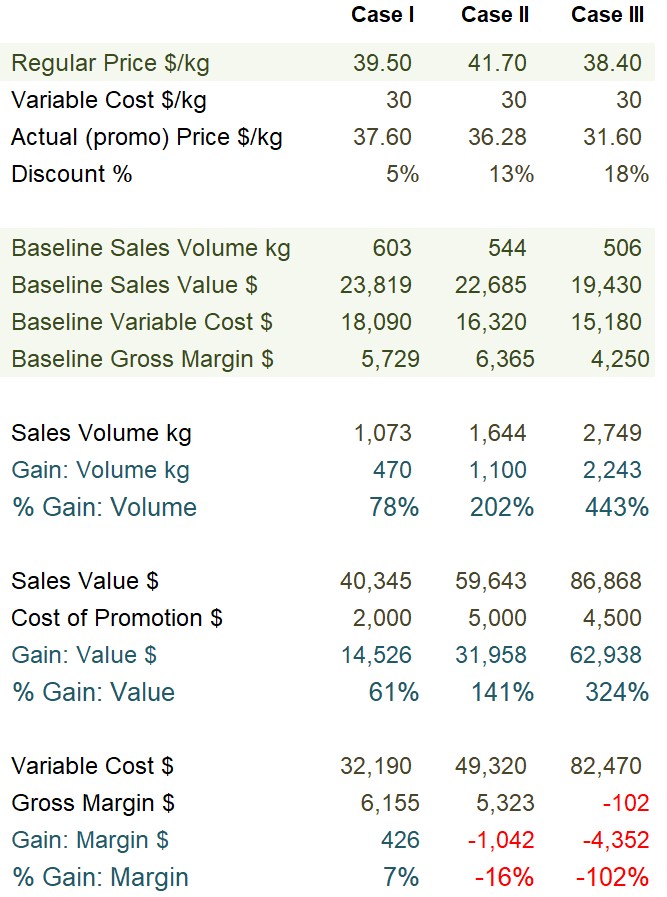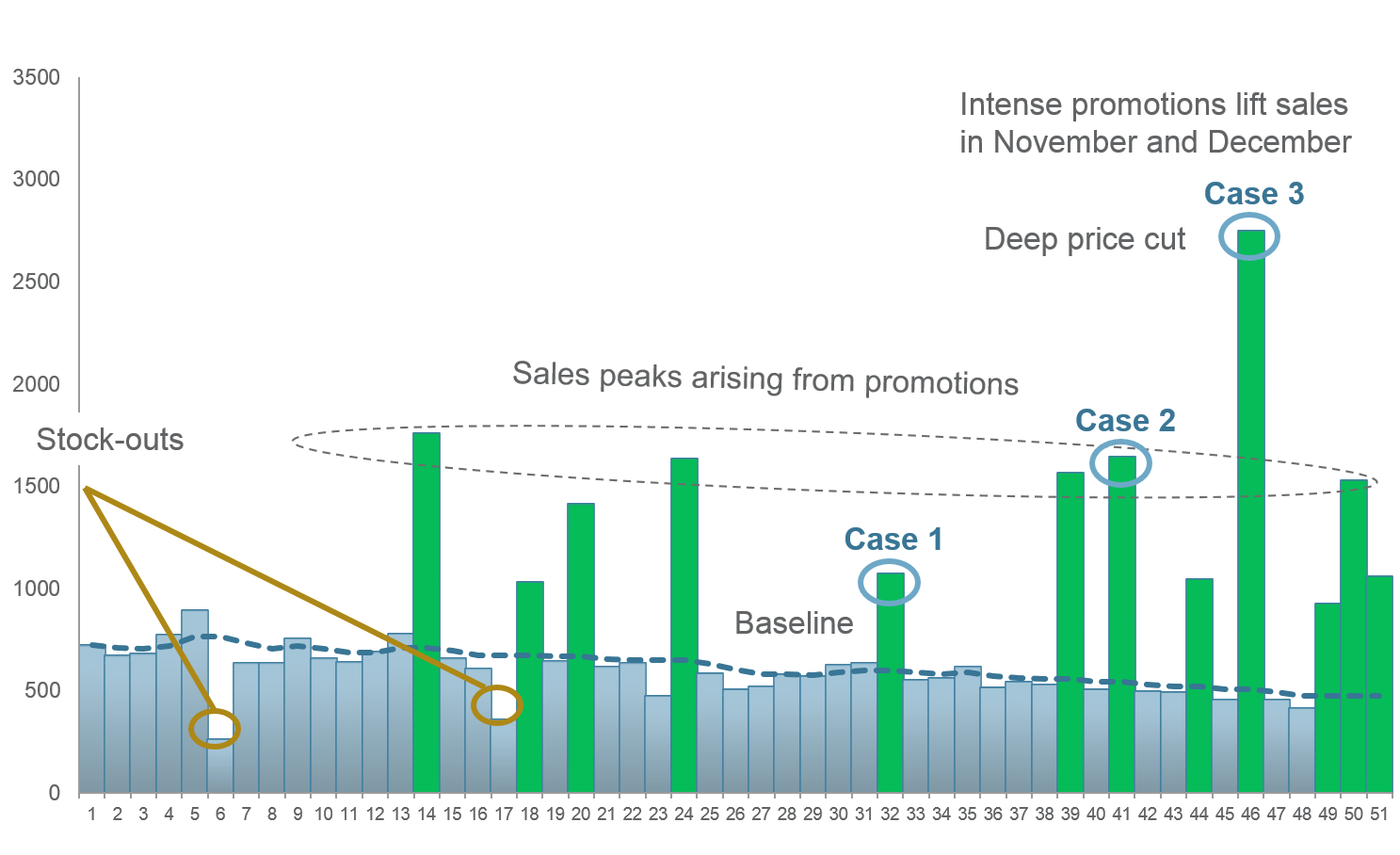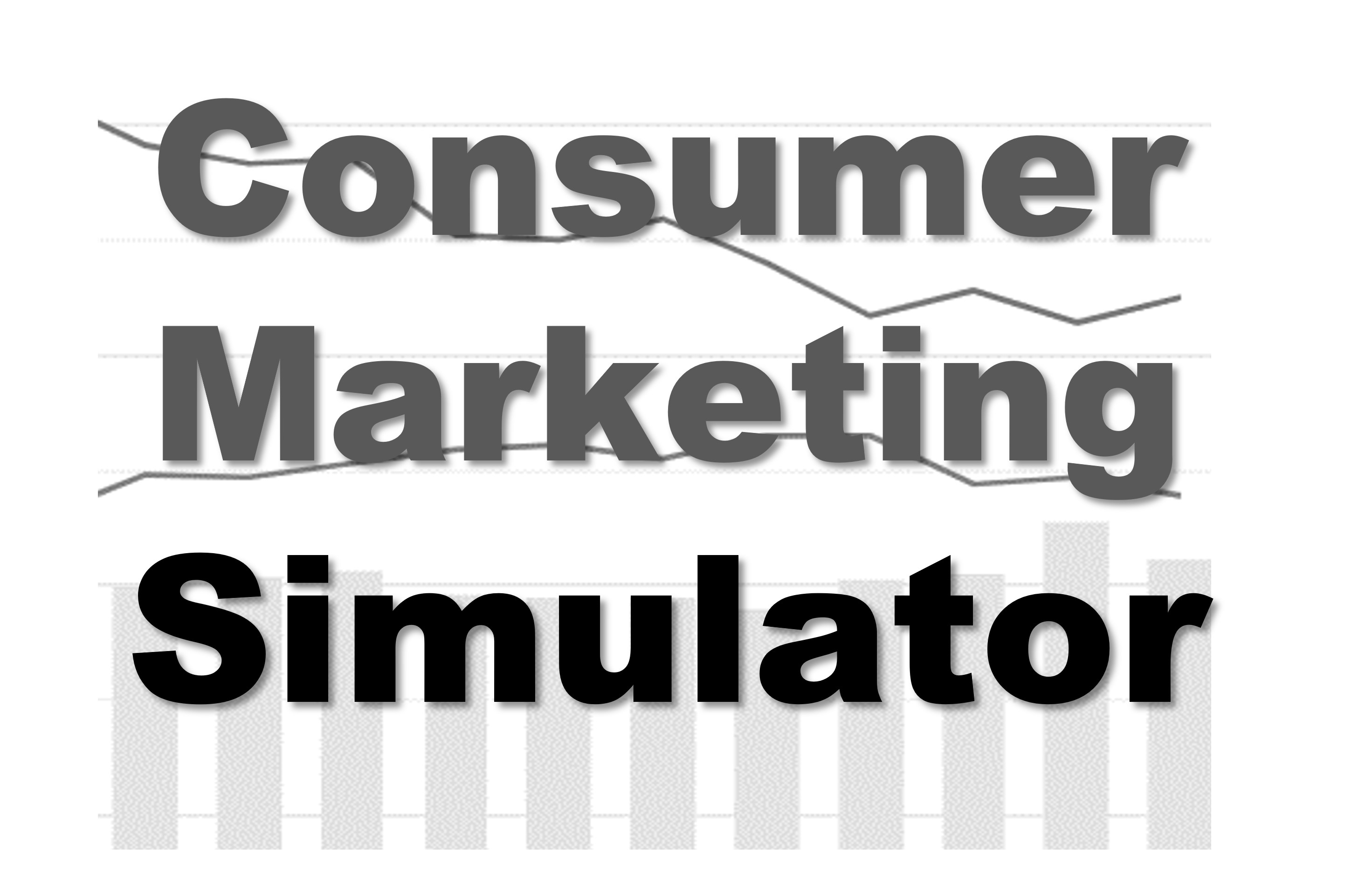-
Promotion
Promotion
In-Store Promotion and Media
Types of Promotions
Trade Promotions
Consumer Promotions
Need to Rationalize Promotions
Promotion-Commotion-Demotion
Promotion Evaluation — Metrics
Basic Assessment of Sales Promotion
Market Modelling
Promotions Response Model
Model Validity — How Good is the Fit?
Watchouts and Guidelines
Store Level Modelling
Interpretation and Analysis
Discount Elasticity
Cannibalization
Displays and Cooperative Advertisement
Sales Decomposition and Due-To Analysis
What-If Analysis
- Price
- Promotion
- Marketing Education
- Is Marketing Education Fluffy and Weak?
- How to Choose the Right Marketing Simulator
- Self-Learners: Experiential Learning to Adapt to the New Age of Marketing
- Negotiation Skills Training for Retailers, Marketers, Trade Marketers and Category Managers
- Simulators becoming essential Training Platforms
- What they SHOULD TEACH at Business Schools
- Experiential Learning through Marketing Simulators
-
MarketingMind
Promotion
Promotion
In-Store Promotion and Media
Types of Promotions
Trade Promotions
Consumer Promotions
Need to Rationalize Promotions
Promotion-Commotion-Demotion
Promotion Evaluation — Metrics
Basic Assessment of Sales Promotion
Market Modelling
Promotions Response Model
Model Validity — How Good is the Fit?
Watchouts and Guidelines
Store Level Modelling
Interpretation and Analysis
Discount Elasticity
Cannibalization
Displays and Cooperative Advertisement
Sales Decomposition and Due-To Analysis
What-If Analysis
- Price
- Promotion
- Marketing Education
- Is Marketing Education Fluffy and Weak?
- How to Choose the Right Marketing Simulator
- Self-Learners: Experiential Learning to Adapt to the New Age of Marketing
- Negotiation Skills Training for Retailers, Marketers, Trade Marketers and Category Managers
- Simulators becoming essential Training Platforms
- What they SHOULD TEACH at Business Schools
- Experiential Learning through Marketing Simulators
Basic Assessment of Sales Promotions
How much did my brand gain in volume, value and profit? This is the first question that comes to a sales manager’s mind after promoting their brand, and the answer provides for a preliminary understanding of the impact of a promotion.
Sales gain/loss or incremental volume is the sales volume above the baseline sales. It is the gain or loss in volume on account of short-term causal factors, including temporary price reductions (discounts), displays, features, distribution fluctuations (stock outs for instance), seasonal factors and competitor activities.
Consider the three cases — I, II and III — circled in Exhibit 17.6. Exhibit 17.7 provides additional details such as the regular price and baseline sales for this product at the three time periods. The gain in volume for each of these promotions is the difference between the sales volume and the base line sales volume. Similarly, the gain in value is the difference between the sales value and the base line sales value, and the gain in margin is the difference between the margin and the base line margin.
Because of the price discounts, the gains in value are lower than the gains in volume, and the gains in margin are much lower. In Case III, where the brand is heavily discounted, the gross margin is totally wiped out, and the brand incurs a loss.
Each of these three promotions has a different impact and plays a different role. The promotion in week 46 (Case III) was a tactical promotion run by a local retailer during the week that a major global hypermarket chain entered the market with the opening of their flagship store. Price was slashed by 18%, volume soared 5.4 times, yet at that level of discount, profits were wiped out.
The Case I promotion on the other hand is profitable and may therefore be repeated more frequently. It yields a healthy 78% increase in volume with a 5% reduction in price.
Do note that some of the losses incurred by retailers due to discounts and other related promotional costs are offset by manufacturers’ support. Manufacturers support promotions through trade incentives such as promotional funds, and discounts on their list price, which are usually quantity based. These funds are not accounted for in the above analysis.
From the retailer’s perspective, the analysis must also account for the increase in store traffic, resulting from the promotion. This is likely to be significant for Case III, which is an example of a loss leader. If the item is a traffic builder, profits from the increase in sales of all the other products (across categories) bought by the surge in shopper traffic, could more than offset the loss in profits incurred by the item.
Case III type of promotion is also worth considering in instances where stocks are likely to expire. It would enable the retailer to recover part of the cost of the goods, as opposed to inventory write-off, which amounts to a total loss.
Previous Next
Use the Search Bar to find content on MarketingMind.
Promotions Evaluation
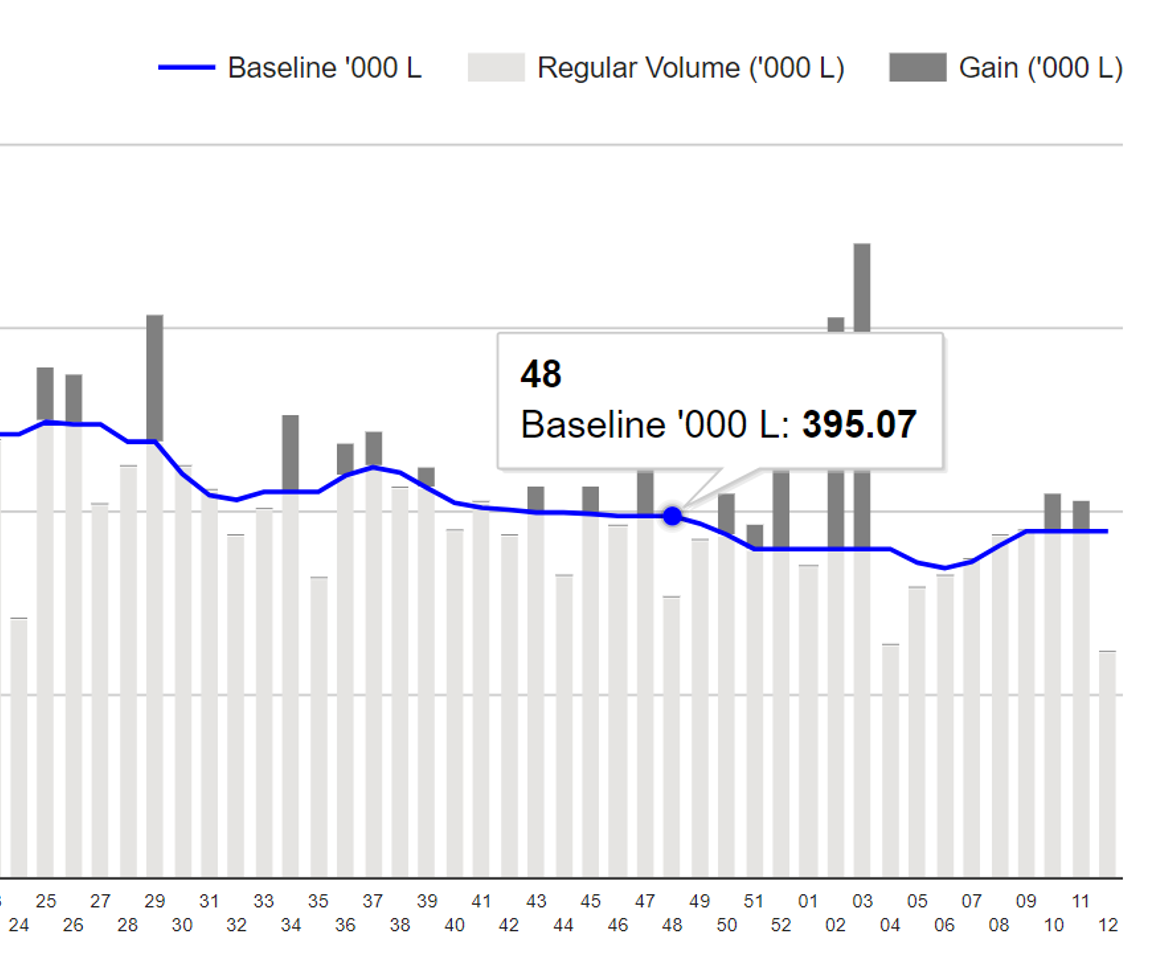
Automated online solution for analysis of promotions.
Online Apps for training on Promotions
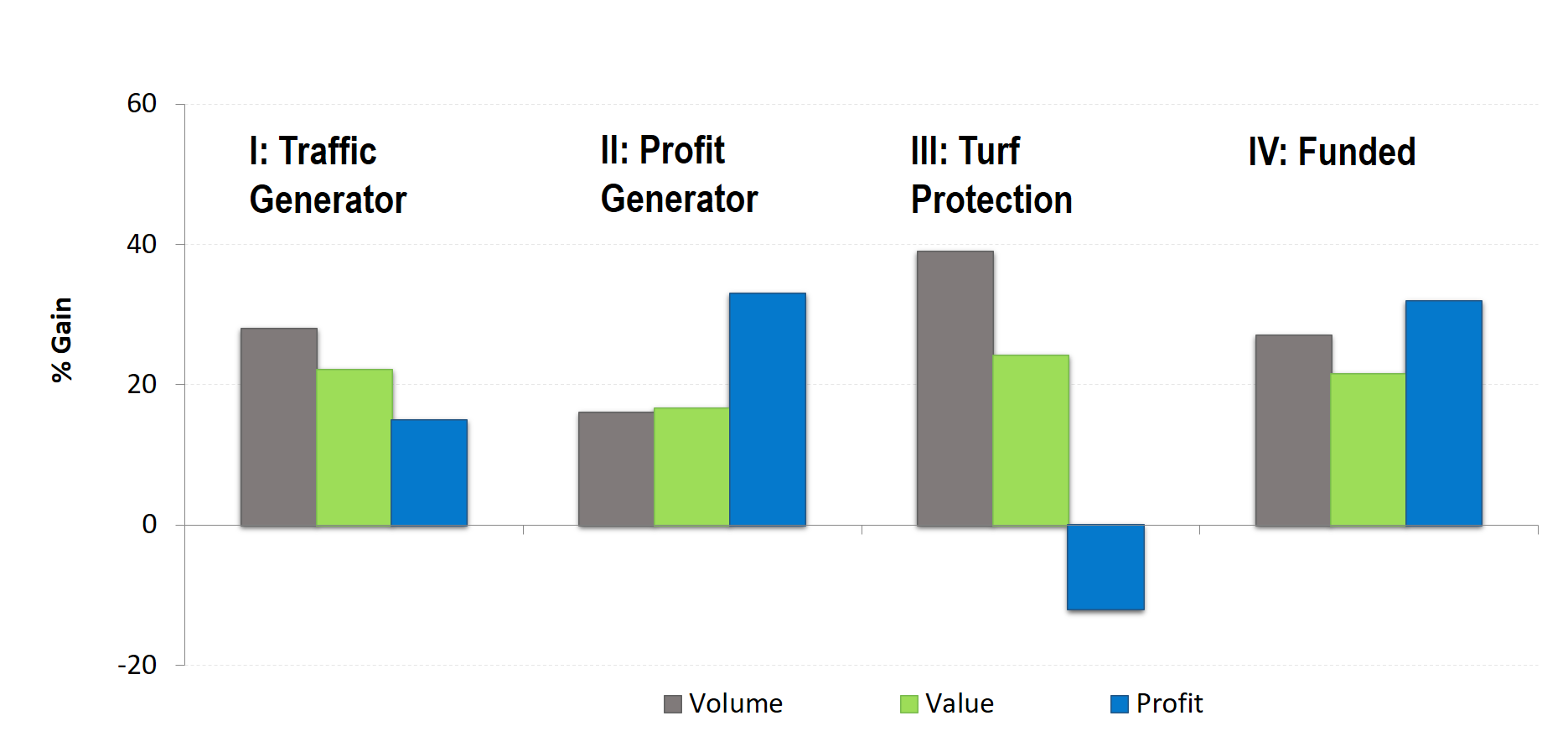
The Plannogrammer is an experiential learning facility for category managers, trade marketers, and retailers in consumer markets. Ideally suited for hybrid learning programmes, Plannogrammer imparts hands-on training in the planning and evaluation of promotions and merchandising.
It supports a collection of simulation and analysis platforms such as Promotions and Space Planner for optimizing space and promotions, Plannogram for populating shelves and merchandising, a Due To Analysis dashboard that decomposes brand sales into the factors driving sales, and a Promotion Evaluator to evaluate the volume, value and profit impact of promotion plans.
Contact | Privacy Statement | Disclaimer: Opinions and views expressed on www.ashokcharan.com are the author’s personal views, and do not represent the official views of the National University of Singapore (NUS) or the NUS Business School | © Copyright 2013-2025 www.ashokcharan.com. All Rights Reserved.

